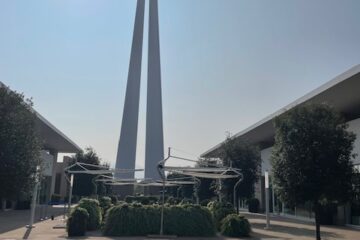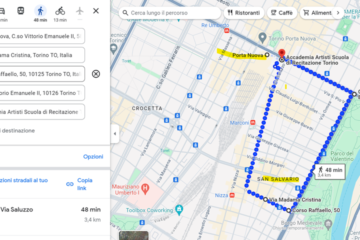Turin: the beautiful Royal city and its Baroque architecture
Turin is a Baroque architectural gem with a Roman past history. It was Italy’s only true royal city, residence of the House of Savoy (a dynasty how originated in 1003 A.D). The city in which Kings reside is a symbol of the power of their House. This is why Turin’s architecture is so impressive, the House of Savoy had a vested interest in making the capital of their reign as impressive as they could.
Turin’s architecture can be admired in its marvelous public squares, its elegant palaces, its magnificent castles and the plentiful gardens decorated with fountains and colorful plants. Turin owes its beauty to the genius of important Baroque architects such as Guarino Guarini and Filippo Juvarra which added the royal look and feel to the city.
Among the key highlights to be seen in Turin there is: taking a coffee in the stunning Piazza San Carlo, admiring the Castello del Valentino and its colorful botanical garden, strolling through Piazza Castello and the Royal gardens, enjoying the beauty of Palazzo Carignano and Palazzo Madama‘s architecture.
The Chiesa di San Lorenzo with its hidden paintings is a gem not to be missed. The fancies gallerias of Turin’s Galleria Subalpina and Galleria San Federico are a true expression of charm & opulence .
Piazza San Carlo – 10 Seconds video:
Outside the city center there are many venues of court life and hunting lodges which are very impressive and not to be missed such as Venaria Reale (the Versailles of Turin), the Basilica of Superga and the Stupinigi Hunting lodge. These works of art are simply breathless.
Have a look yourself at the quick 10 second videos below.
Piazza San Castello- 10 Seconds video:
UNESCO inserted 14 of the superb royal residences of Turin into its World Heritage list in 1997.
Galleria San Federico – 10 seconds video:
Turin: The Roman period
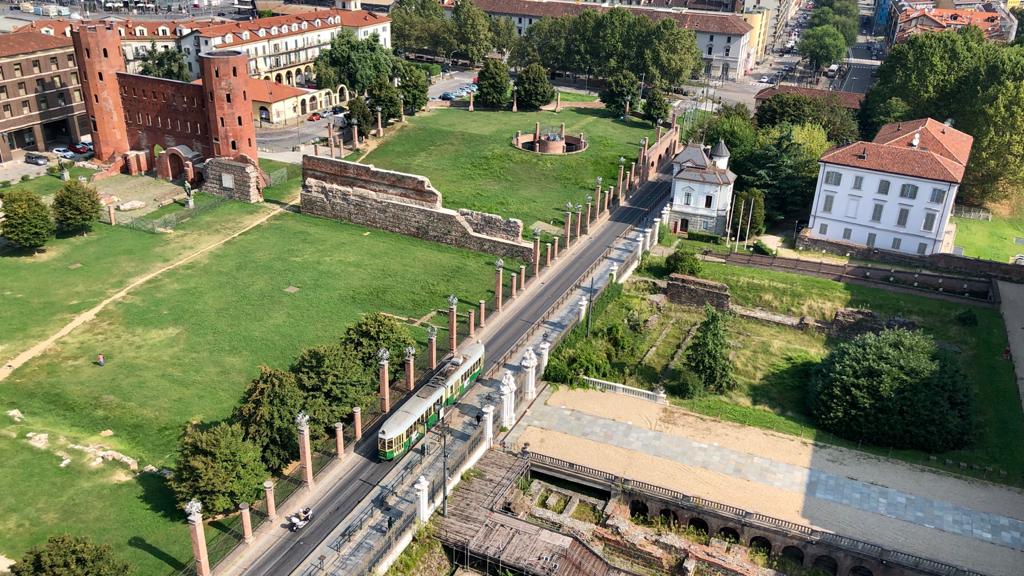
Turin was initially called “Augusta Taurinorum” as it was founded by the Romans during the first century A.C. At this time the city had the shape of a square that extended from Piazza Castello, Porta Palatina, Via della Consolata, Via santa Teresa.
As a matter of fact, still today there is an area within the-city center of Turin which is referred to as “quadrilatero Romano”, which means “roman square”(see picture below).
The area still preserves it’s straight streets intersecting perpendicularly which are indicative of the Roman times. It is a very cool neighborhood today to walk around during the day and very trendy at also night for dinner time or cocktails. It is a no miss, I highly recommend this.
The Castle (behind Piazza Castello) – 10 Seconds Video:
Quick map to understand where exactly is the Quadrilatero Romano:

Turin: the Baroque period
Turin became the Capital of the Duchy of Savoy in 1572 who turned the city in a Baroque jewel mainly thanks to the genius of two wonderful architects like Filippo Juvarra and Guarino Guarini who developed the city into the an elegant and well refined city that we can appreciate still today.
Among the most famous pieces of art we have: Church of San Lorenzo, Palazzo Carignano, Palazzo Madama, Venaria Reale, Plazzina di Stupinigi, Villa della Regina, Basilica di Superga .
Turin: the 1st capital of Italy (before Florence and Rome)
Italy was unified in 1861 and as it was the capital of the ruling monarchs, the Savoy, it became the capital of Italy.
Both chambers of the Parliament were in Turin: the House of Representatives was in Palazzo Carignano while the Senate was in Palazzo Madama. Both Palaces are worth a visit.
Palazzo Carignano – 10 seconds video:
Famous intellectuals living and visiting Turin
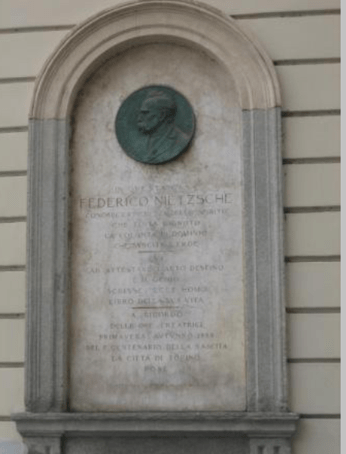
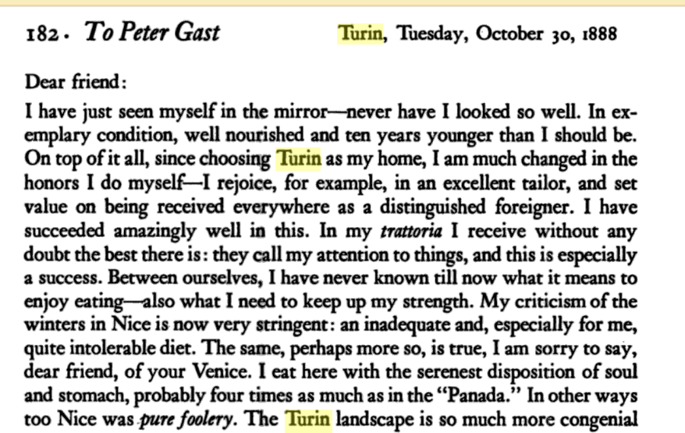
During the nineteenth century Turin was a favourite among intellectuals and artists such as Nietzsche, Alexandre Dumas, Giacomo Puccini, who liked the city for its elegant atmosphere, its literary cafés, and its refined food.
Nietzsche lived in Turin in 1888, specifically in Via Carlo Alberto, where you can still see today a monument remembering that.
Here is an interesting article from New York times on Turin Baroque architecture: https://www.nytimes.com/1990/07/29/travel/turin-s-baroque-splendors.html
